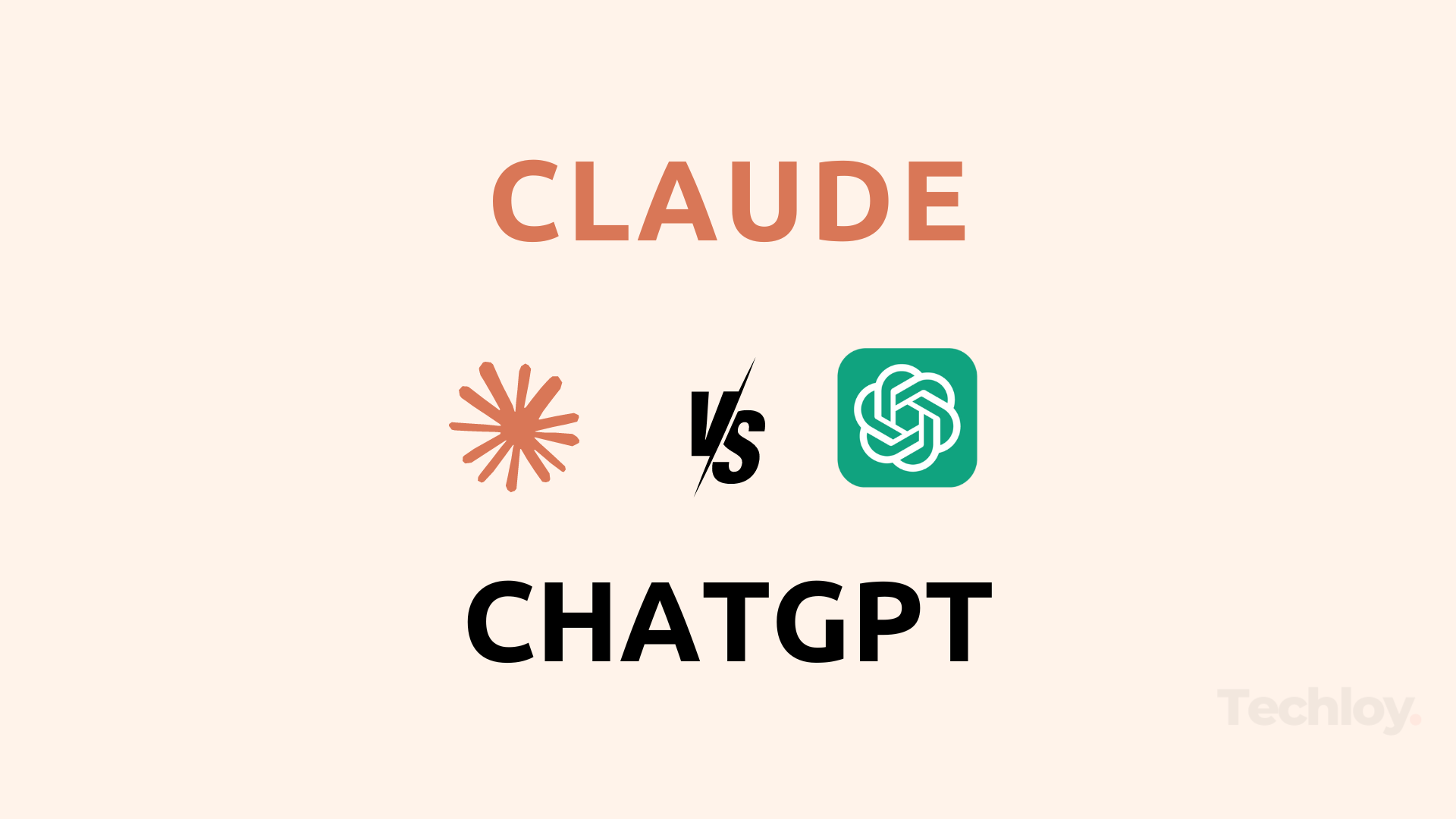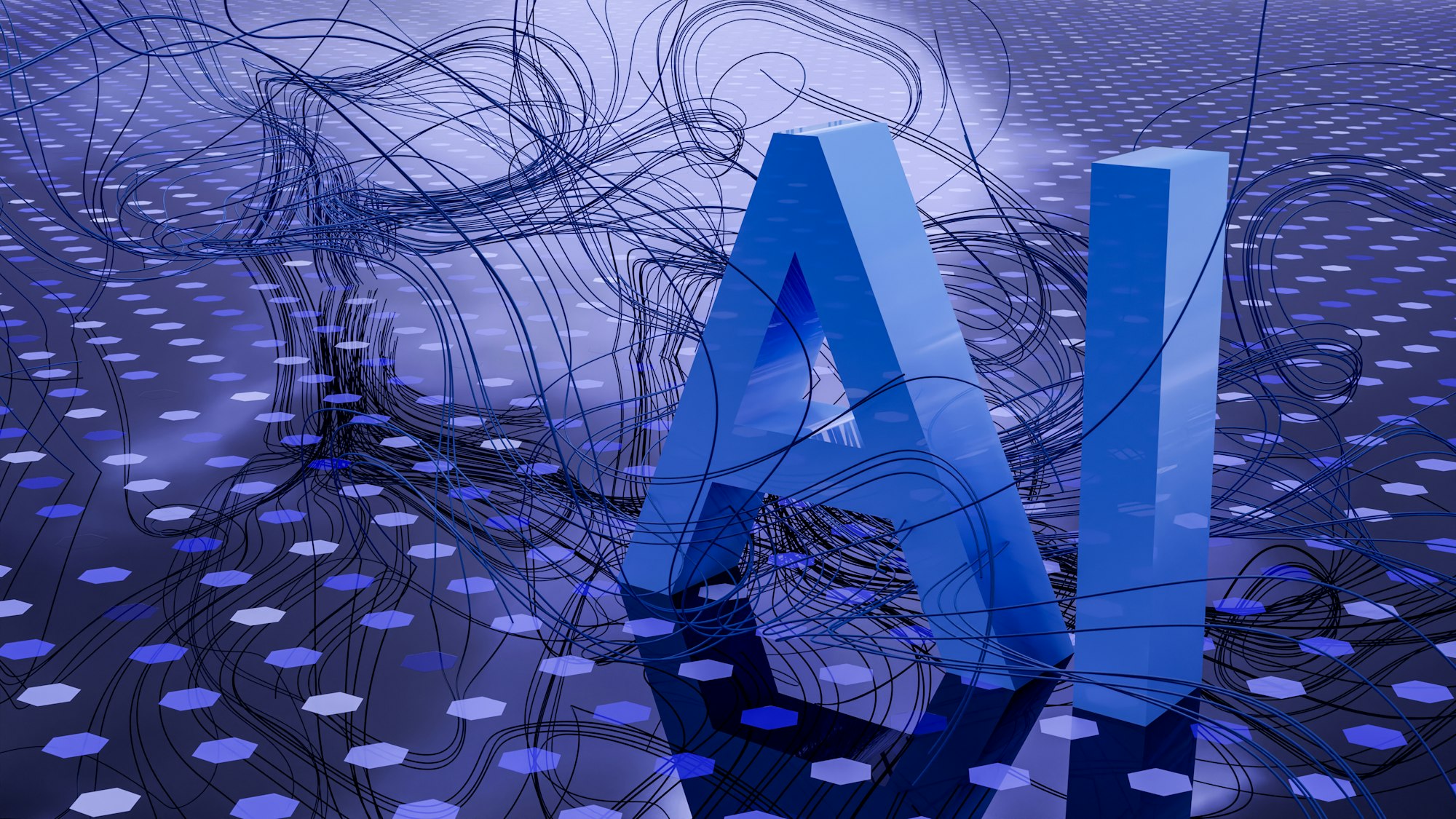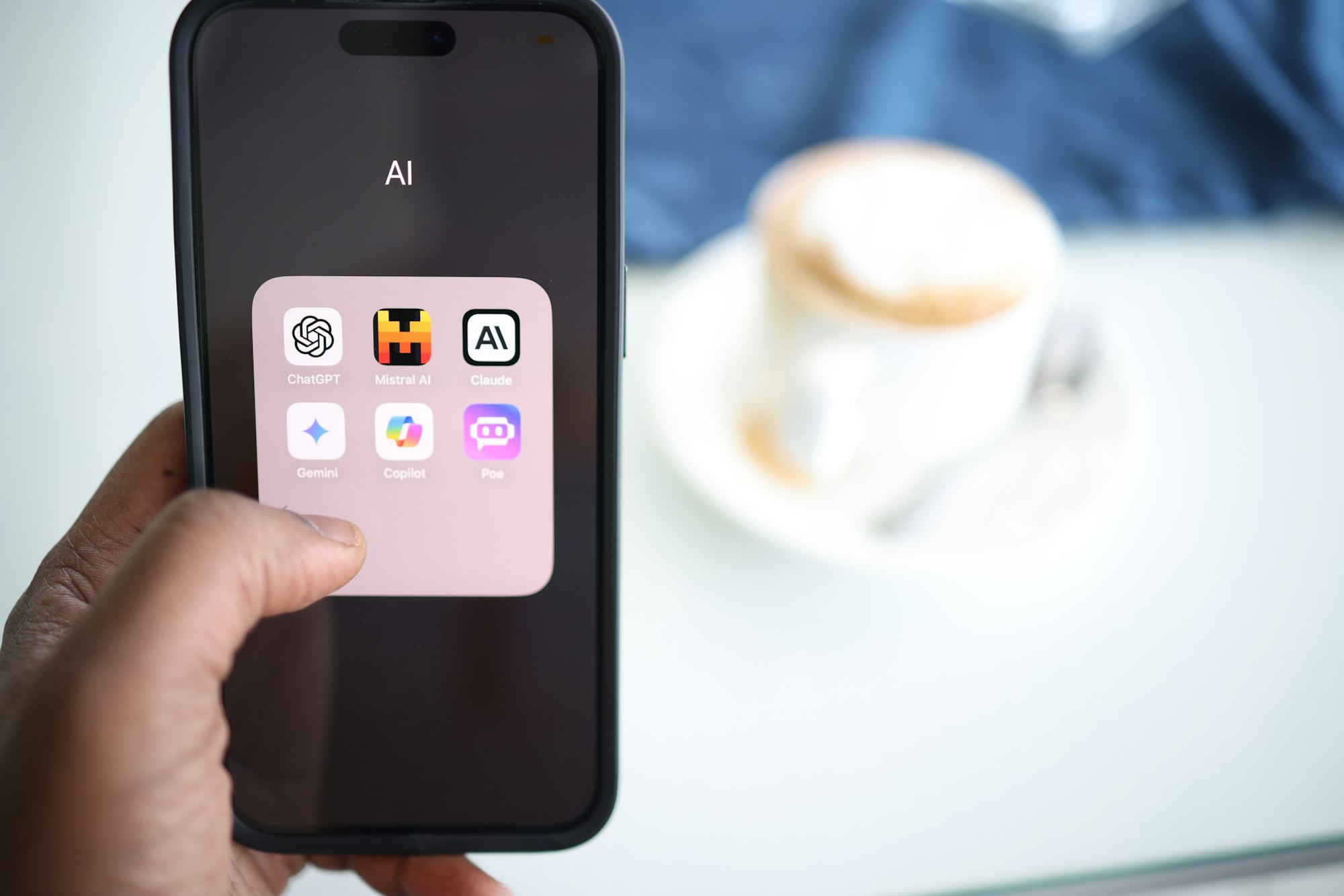INFOGRAPHIC: Claude vs. ChatGPT — Which AI assistant is better?
Learn how Claude and ChatGPT stack up against each other in terms of features, pricing, and performance to help you choose the right AI assistant.

As AI tools grow more prominent in our daily lives, two chatbots have emerged as front-runners in the field: Claude from Anthropic and ChatGPT from OpenAI. While both are highly advanced, they cater to different needs and preferences.
Whether you're a business looking for robust text analysis or an individual in need of creative content generation, understanding the strengths and limitations of each model can help you make an informed choice.
As someone who regularly uses both AI chatbots, I decided to compare Claude and ChatGPT to explore how their capabilities differ in real-world scenarios. This article aims to provide a clear comparison of these two AI tools, helping you determine which is better suited for your specific needs, based on practical usage.

#1: Model Options and Capabilities
Claude operates across several model versions: Claude 3.5 Sonnet, Claude 3 Opus, and Claude 3 Haiku, available through web, iOS, and API access. One of Claude's standout features is its ability to process up to 200,000 tokens in a single conversation, making it ideal for handling long-form content like large documents or extended dialogues. This is particularly useful for enterprises that require in-depth text analysis or collaboration over long datasets.
In contrast, ChatGPT offers GPT-4o, GPT-4, and GPT-4o mini, providing users with a more versatile toolkit that includes multimodal capabilities. These models support not only text but also image generation via DALL·E and web browsing, making ChatGPT the more feature-rich platform for those needing real-time data, visual content, or advanced customization through custom GPTs. Though its context window is smaller at 128,000 tokens, it is still more than sufficient for most users' needs.








